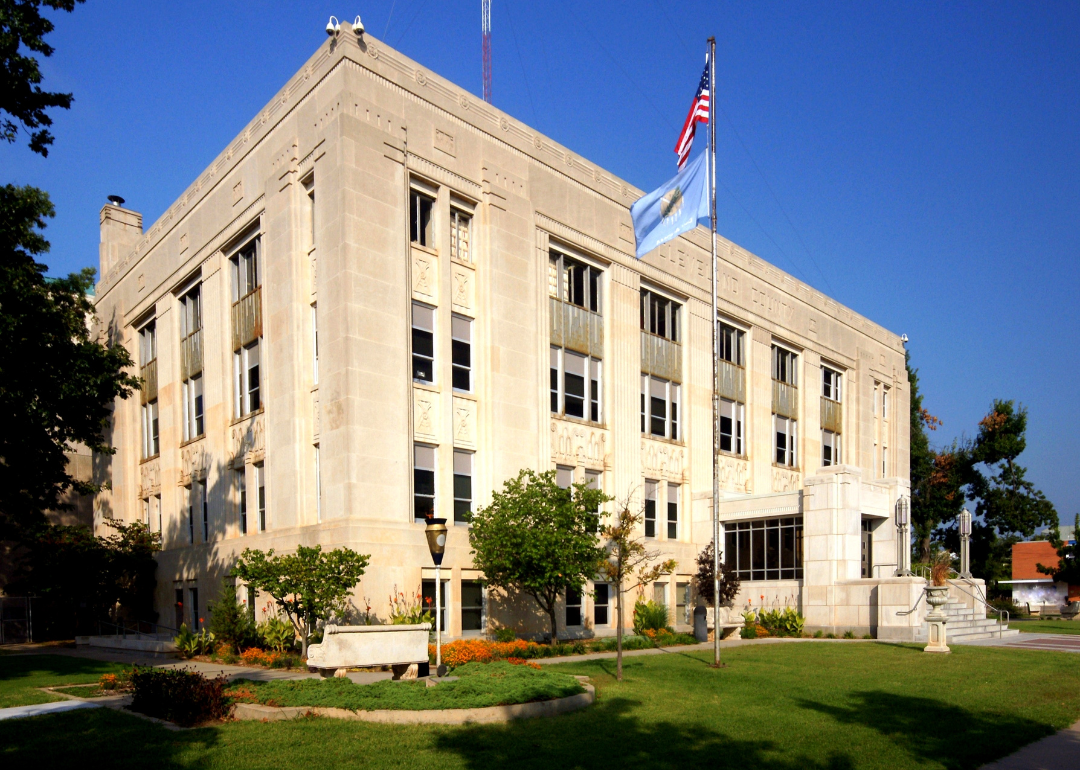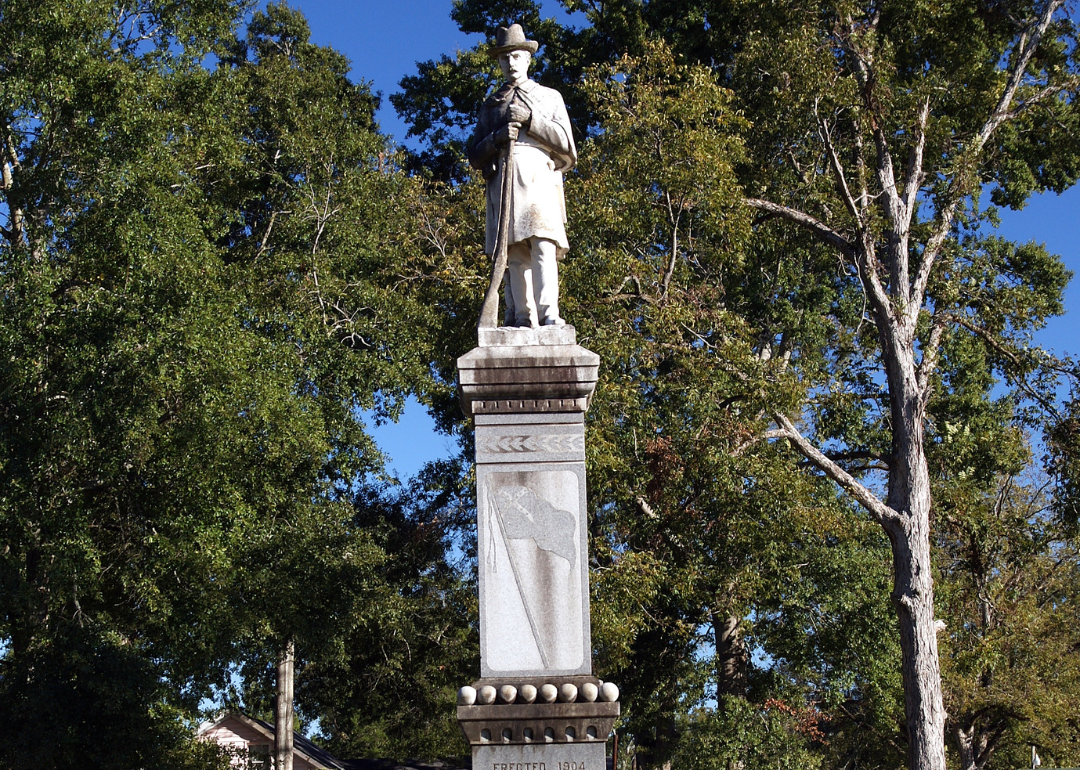FRIDAY 2/16/24
From the Munich Security Conference -- Yulia Navalnaya, Navalny's wife, told the conference, to standing applause: "I don't know whether I should believe this horrible news or not...We can't really believe Putin and his government. I am asking everyone who is here to unite and help punish the Russian regime."
Poland's foreign minister, Radoslaw Sikorski: "He was a victim of Russian fascism. He will probably be remembered as the best Russian president Russia never had." There are more dissidents in Russian prisons under Vladimir Putin than there were under Leonid Brezhnev's USSR, he said.
UK Foreign Secretary David Cameron called Navalny "an incredibly brave fighter against corruption," adding there is "no doubt about the dreadful nature of Putin's regime in Russia after what has just happened."
On Thursday Poland's Sikorski told the conference, "This is our joint appeal (with the UK's Cameron) to the U.S. House of Representatives and personally to Speaker Mike Johnson to submit the Ukraine aid package to a vote."
(Per BBC, NPR and AP.)
A reminder of what Donald J. Trump told a campaign rally in South Carolina last Saturday: “'If we don’t pay, and we’re attacked by Russia, will you protect us?' No, I would not protect you. In fact, I would encourage them to do whatever the hell they want.”
UPDATE: CONFIRMED by various news outlets ... Navalny Reported Dead -- Anti-corruption dissident and thorn in dictator Vladimir Putin's side, Alexei Navalny, has died after taking a fall in a prison yard, according to an unconfirmed report from Russia's federal prison system (per NPR's Morning Edition). Navalny has been held in one of Russia's deadliest prisons since December.
On X-Twitter: The Atlantic's Anne Applebaum: "Navalny threatened Putin because he revealed the extent of his theft and corruption. Putin killed Navalny because he couldn't let that truth be known."
Michael McFaul, U.S. ambassador to Russia, 2012-14: "Putin killed Navalny. Report it straight."
According to the BBC, reports say Navalny fell ill while taking a walk in the prison yard. Several posts on X show a healthy looking Navalny behind bars in a video reportedly taken the day before his death.
Meanwhile: Congress is off for President's Day week, with Speaker Mike Johnson (R-LA) having refused to bring the Senate's $95.1 billion bill containing aid to Ukraine to the House floor. The Senate returns February 28. The House returns March 5.
Last week, presidential candidate Donald J. Trump told an adoring crowd at a rally he would encourage Russia to "do whatever the hell they want" to a NATO country that does not pay up (NATO does not collect dues) and ex-Fox News commentator Tucker Carlson interviewed Putin at the Kremlin.
•••
THURSDAY 2/15/24
UPDATE -- Jury selection will begin March 25 in Manhattan's hush-money case against former President Trump, The Washington Post reports, to begin the first-ever criminal trial against a former U.S. president.
It’s Two Trump-Trial Thursday – Donald J. Trump was expected at the defendants’ table in a Manhattan courtroom early Thursday where Justice Juan Merchan is expected to rule on whether to maintain a March 25 trial date for the former president’s alleged efforts during the 2016 presidential election to cover up an affair with a porn star (per Politico). If you’re trying to keep count, that’s the case in which he allegedly reimbursed his then-attorney Michael Cohen for hush money to Stormy Daniels.
Meanwhile: Another team of Trump attorneys will be in Atlanta where Judge Scott McAfee gathers evidence about the relationship between Fulton County District Attorney Fani Willis and special prosecutor Nathan Wade, Politico reports. Trump’s attorneys want Willis and Wade tossed from the trial over the former president’s alleged scheme to overturn Georgia’s 2020 election results. Willis and Wade deny allegations they benefitted financially from delays in the case.
Lordy, there are tapes: Legal analysts say the Trump legal team’s efforts to remove Willis and Wade will not likely put an end to the trial, considered the strongest of four against him – after all, there’s that recording of Trump begging for 11,780 more votes. It will further delay the case with less than nine months left before the next presidential election.
•••
Nukes in Space – National security advisor Jake Sullivan speaks to the House Intelligence Committee Thursday, and though he won’t say why, he is expected to brief committee members on a nuclear-powered “capability” Russia is developing to target satellites, NPR’s Morning Edition reports. On Wednesday, Intelligence Committee Chairman Mike Turner (R-OH) warned of a “national security threat” and called on President Biden to declassify intelligence on the Russian technology, according to USA Today.
The Starlink satellites provided to Ukraine for communications in its defense against Russia come to mind as a likely target of the nuclear-powered “capability.” NPR notes that the Pentagon is working on a similar technology (with Lockheed Martin), the Joint Emergent Technology Supplying On-Orbit Nuclear (JETSON) High-Power program.
•••
Punkin’ Putin – In a Russian state television interview dictator Vladimir Putin said President Biden would be a better choice for his country this November than Donald J. Trump (per The Wall Street Journal). Putin also said he “didn’t get complete satisfaction” from his interview with right-wing pundit Tucker Carlson “because I honestly thought he would be aggressive and ask so-called sharp questions. And I wasn’t just ready for that, I wanted it, because it would have given me the opportunity to respond sharply in kind … But he chose a different tactic.” (Politico)
•••
The Fed is Cool – When the Consumer Price Index for January came in hotter than expected, at 3.4% Tuesday, the stock market took a dive over fears the Federal Reserve would hold off on interest rate cuts expected in a few months. The market bounced back Wednesday as Chicago Fed President Austan Goolsby told the Council of Foreign Relations in New York to, effectively, cool it, Marketwatch reports.
“Even if inflation comes in a bit higher for a few months, as many forecasts suggest, it would still be consistent with our path back to the target” of 2%. “There is nothing wrong” with some ups and downs, Goolsby said.
--TL
__________________________________________
WEDNESDAY 2/14/24
First This Happened – The House of Representatives voted 214-213 to impeach Homeland Security Sec. Alejandro Mayorkas over his handling of the southern border. The Democrat-controlled Senate is highly unlikely to provide the 2/3 majority necessary to convict, particularly as the impeachment comes without evidence or even charges of “high crimes and misdemeanors.” Two Republicans and two Democrats missed the vote, but Rep. Steve Scalise (R-LA) made it for the GOP’s win, this time.
Just as Supreme Court justices seemed skeptical of Colorado’s bid to remove Donald J. Trump from its primary ballot last week in Trump v. Anderson in part because it could open the floodgates for states to banish candidates in future elections, it seems the Mayorkas impeachment, coming nearly 150 years after the last impeachment of a cabinet member, could start a trend of cabinet official impeachments whether there is a Democrat or Republican in the White House.
President Biden’s statement: “History will not look kindly on House Republicans for the blatant act of unconstitutional partisanship that has targeted an honorable public servant in order to play petty political games. Instead of staging political stunts like this, Republicans with genuine concerns about the border should want Congress to deliver more border resources and stronger border security.”
Then This Happened – Democrat Tom Suozzi defeated – no, annihilated – Republican Mazi Pilip, 53.9% to 46.1% to replace former Rep. George Santos (R-NY) in a special election for New York’s 3rd District House seat (Associated Press). Polls leading up to Tuesday’s special election showed a close race as Pilip tried to tie Suozzi with President Biden on the border issue, and Democrats believed that with either result, the outcome would hint at which party might have House control after the November election.
--TL
__________________________________________
TUESDAY 2/13/24
The annual Consumer Price Index fell slightly to 3.1% in January, the Labor Department reports, buoying the possibility that the Federal Reserve could cut interest rates when it next meets, in five weeks (the CPI was 3.4% a month earlier). The month-over-month increase was 0.3%, up from 0.2% in January, with shelter up 0.6% to account for more than two-thirds of the monthly increase. Food was up 0.4% but energy prices fell by 0.9%, largely the result of falling gas prices. [Bureau of Labor Statistics]
Senate Passes Ukraine/Israel/Taiwan Aid – The Senate passed an $95.1 billion military aid package for Ukraine, Israel and Taiwan early Tuesday with a healthy 70-29 vote after filibusters by “a handful” of Republican senators into the pre-dawn hours, according to CQ Roll Call. Still, the will of GOP leader Donald J. Trump hovers over the national security package, as Speaker Mike Johnson (R-LA) suggested the bill won’t reach the full House floor in its current form because it lacks the “real border security provision” … like the $20 billion in additional border security that accompanied a national security package rejected by the former president so he could use it as a campaign cudgel against President Biden.
Trump’s choice: Meanwhile, the former president has endorsed Michael Whatley, head of the North Carolina GOP and a fellow election-denier, to replace Ronna McDaniel as chair of the Republican National Committee, with son Eric Trump’s wife, Lara Trump as co-chair (per The Hill). McDaniel is expected to step down as RNC chair after the February 24 South Carolina primary.
Trump’s statement: “The RNC MUST be a good partner in the Presidential election. It must do the work we expect from the national Party and do it flawlessly. That means helping to ensure fair and transparent elections across the country, getting out the vote everywhere – even in parts of the country where it won’t be easy – and working with my campaign, as the Republican presumptive nominee for President, to win this election and MAKE AMERICA GREAT AGAIN.” Er, endquote.
--TL
__________________________________________
MONDAY 2/12/24
Trump and Putin – Former President Trump has been campaigning in South Carolina, where he hopes to annihilate its former governor and his former UN ambassador, Nikki Haley, in the state’s GOP primary Saturday, February 24. Haley has taken the traditional Republican position regarding Russia’s invasion of Ukraine, saying she would continue aid to Ukraine.
Donald J. Trump has said he would “negotiate” an end to the Ukraine-Russia war to end it on his first day in office, which presumably means he would let dictator Vladimir Putin take over at least the eastern part of Ukraine his troops have occupied.
In Conway, South Carolina last Saturday evening Trump told his fawning crowd he had a conversation with an unnamed NATO ally’s leader, who asked him; “If we don’t pay (what it owes NATO) and we’re attacked by Russia, will you protect us?”
“No, I would not protect you,” Trump told the cheering crowd he said to the leader. “In fact, I would encourage them to do whatever the hell they want.” (Per NPR’s Weekend Edition Sunday.)
In a statement released Sunday, President Biden called Trump’s comments “unhinged.”
•••
Ukraine, Israel Aid Advances – The Senate Sunday advanced a $95 billion emergency aid bill for Ukraine and Israel to keep it on-track for passage this week, The New York Times reports. The bipartisan vote was 67-27, teeing up $60.1 billion for Ukraine in its defense against Russia and $14.1 billion for Israel’s war against Hamas. It also addresses threats in the Indo-Pacific region.
“It’s no exaggeration to say the eyes of the world are on the United States,” said Senate Minority Leader Mitch McConnell (R-KY). U.S. allies “don’t have the luxury of pretending that the world’s most dangerous aggressors are someone else’s problems and neither do we.”
•••
Hogan v. Trone – Former two-term Maryland Gov. Larry Hogan last Friday announced he is running for retiring Sen. Ben Cardin’s (D-MD) seat (per CQ Roll Call). He would become the state’s first Republican senator in 32 years.
Hogan is a never-Trump Republican whose father, Larry Hogan Sr., was among the Republican U.S. representatives who voted to impeach President Nixon some 50 years ago.
Among the Democrats running in the May 14 primary for Cardin’s seat are Prince George’s County Executive Angela Alsobrooks and U.S. Rep. David Trone, who serves Maryland’s westernmost district, which transitions from blue to purple to red heading further west into the rural panhandle. Could become a center-right vs. center-left race.
•••
This Week – The House only is scheduled to be in-session Tuesday through Friday, though Majority Leader Chuck Schumer (D-NY) will likely call the full Senate to the floor early in the week to vote on the emergency aid bill for Ukraine and Israel.
Coming Tuesday: A special election in New York’s 3rd Congressional District to replace Republican Rep. George Santos, who stepped down late last year. Former Rep. Tom Suozzi (D-NY) is “locked in a tight race” with Republican Mazi Pilip, who has tried to tie Suozzi with Biden’s policies, especially on immigration, according to The Hill, which reports that Democrats are trying to avert an embarrassing defeat and keep hope alive to retake the House majority in November.
--Compiled and edited by Todd Lassa
_____
COMMENTS: editors@thehustings.news



















